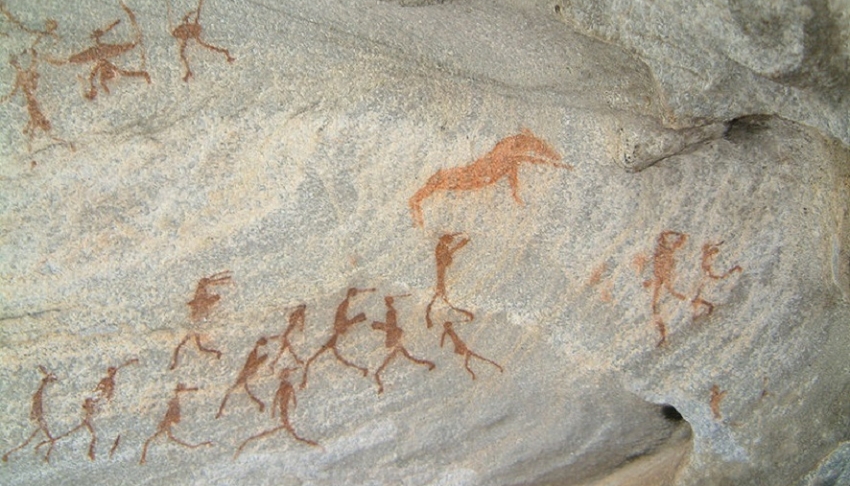
Discover ancient rock art of the Stone Age in Malawi’s Chongoni Rock-Art Area
Published on January 25, 2021 at 8:36 AM by Face of Malawi
Central Malawi is believed to be the hub of human civilization. The Chongoni Rock Art Area in the north-west of Dedza has the most condensed natural cluster of rock art found in central Africa. On these rock clusters, there are ancient rock paintings that show the way of life of the early settlers.
On the Chongoni mountain, which is the largest mountain in the region, is the highest concentration of rock paintings or art. The lovely art collection narrates the traditions of the Chewa agriculturalists (foragers to farmers) and cultural history with some as recent as the twentieth century (arrival of the colonizers).
The early Stone Age settlers at the time were the BaTwa hunter-gatherers and there are paintings that depict their lives. Of the 127 drawings discovered so far at the site, there are two examples of tribal art — the red ochre ones seem to have been painted earlier by the Akafula people that show the lives of hunters who are believed to have disappeared in the 19th century.
The white ones seemed to have been painted later, according to research, and they belong to the farming community of the Chewa people of Malawi as there are paintings of women who still play significant roles among the people, placing much cultural relevance on the findings.
It is believed that most of these paintings were done by women because the dominant ones are that of female initiation rites such as funeral rites, women’s initiation rites, and rain-making ceremonies.
The more recent white paintings were done by the Nyau men which show some of their ceremonies. Painted flat white, they are images of animals, mythical creatures, people and even motorcars, according to African Rock Art.
There seem to be images of Nyau masked dancers as well that can be linked to the Chewa tribesmen, originators, and curators of the Gule Wamkulu cult-like tradition.
The 127 sites are still active locations for rituals and ceremonies and the entire area was made a UNESCO World Heritage site in 2006 for its rich cultural traditions and its relevance to today’s people.
The area covers 126.6 square kilometers and the rock art sites are recorded in a cluster of gneiss hills. The others are around the nearby hills of Chingwenembe, Mphunzi, Nthulu, and the Banda Hills.
Out of the numerous sites dotted across the Chongoni Forest Reserve, only three are mostly visited — Chencherere, Namzeze, and Mphunzi. The Chongoni Rock Forest Reserve in itself is one of Malawi’s most underrated national treasures.
Source: Face2Africa


